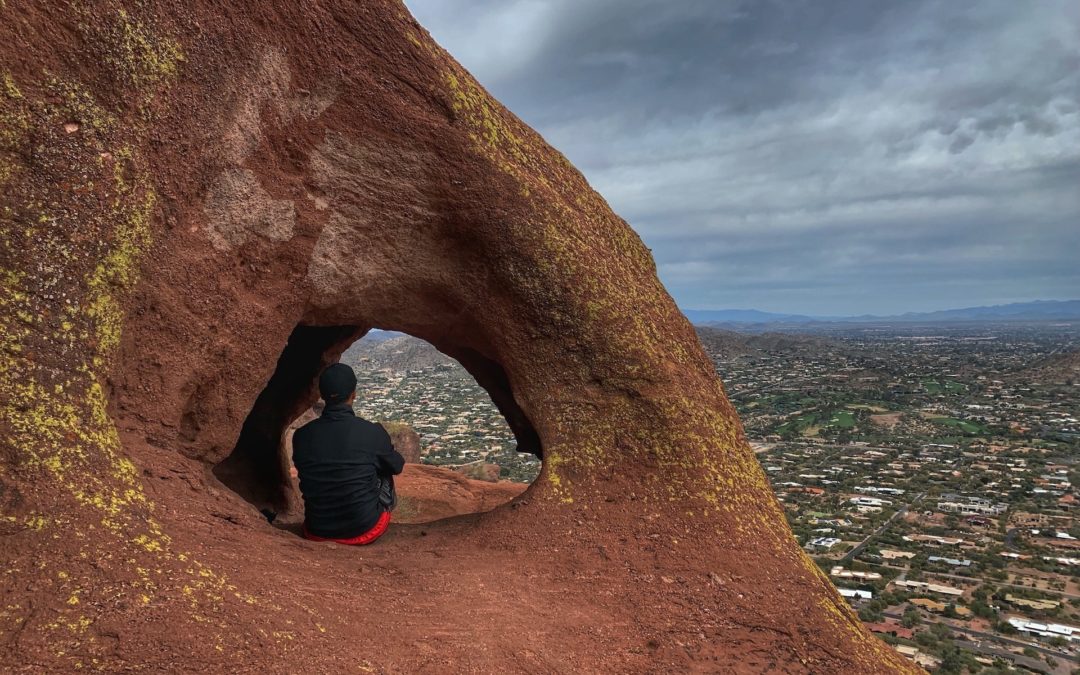In a nation as large and diverse as the United States, it’s only natural that there’s a wide variety of rock climbing to discover. From multi-pitch trad climbs that will test an athlete’s endurance to shorter bouldering adventures, the country is home to every type of climbing,
While there’s great climbing to be found on both sides of the country, many of the best options are located in the western United States. Many climbers make regular pilgrimages to the area to challenge themselves on some of the world’s best routes. For those who are considering undertaking a climbing trip of their own, here are five of the best rock climbing destinations in the western United States.
Indian Creek, Utah
A paradise for trad climbers, this Utah destination sits within Bear’s Ears National Monument on Bureau of Land Management land. With its towering Wingate sandstone cliffs, Indian Creek is home to some of the best crack climbing in the country.
There are more than a thousand routes here, most of which are good for crack climbers, since Wingate sandstone tends to have long, uninform cracks. The downside is that the sandstone is soft, and placing gear carelessly can lead to trouble. As such, novices should proceed with caution, especially after a rainfall, when the damp rock is especially delicate.
Fortunately, even if a party’s climbing plans get washed out, Indian Creek’s long season means they’ll likely have other opportunities. In fact, owing to its mix of shaded and sunny areas, parties can find somewhere to climb for most of the year. Known affectionately as “The Creek,” Indian Creek is located near Moab, Utah, home to some of the best mountain biking in the country.
Joshua Tree, California
The accessibility to classic climbing routes is part of what makes Joshua Tree so beloved among climbers. Tons of short routes sit only a few hundred feet from roads and campsites, meaning it is possible to climb one of Joshua Tree’s house-sized boulders and be back in time for morning coffee.
The rock here is rough quartz monzonite, and crack and friction slab are essential techniques to master. Climbing is easiest when the conditions are cooler, so the best time to visit is from late fall to early spring, during Joshua Tree’s peak season. The limited campsites fill up quickly, so it is important to plan ahead to secure a spot.
While Joshua Tree is a haven for boulderers and trad climbers, there are also some sport-climbing routes, particularly near Indian Cove Campground. Regardless of a person’s preferred type of climbing, it is important to take some time during the day to revel in the stunning desert landscape. In the evening, many climbers enjoy the opportunity to lie out on the desert floor and enjoy some of the best stargazing around.
Red Rock, Nevada
Climbers flock to this picturesque sandstone destination for its bevy of moderate climbs. Known as “Moderate Mecca,” it’s the perfect place to develop one’s climbing skills.
Despite its reputation among intermediate climbers, climbers of all types will find something to love at Red Rock, located just west of Las Vegas. One of the most diverse climbing destinations in the country, it’s home to 2,500 routes, ranging from challenging multi-pitches to more straightforward single-pitch sport climbs. Advanced climbers often spend their winters here (when the climbing is best), while the easier grades mean there are plenty of choices for beginners.
Climbers should be warned that Red Rock’s sandstone is delicate. Climbing after a rainfall is not only treacherous, but also risks causing permanent damage to the rock and endangering the viability of the routes. Camping here is limited, but Red Rock’s proximity to Las Vegas means there are plenty of lodging options nearby.
Smith Rock State Park, Oregon
Sport climbing was born here in the 1980s. As climbing has grown in the decades since, so have Smith Rock’s crowds. As such, it’s best to arrive early in the day.
With more than 1,500 routes, Smith Rock offers something for all levels of sport climbers. Some people come to test themselves on some of the nation’s first 5.14 (very difficult) climbs, while others head over to the Llama Wall, which is home to a wide range of 5.8 to 5.10 (intermediate to hard) routes that serve as a great introduction to the sort of technical climbing that’s necessary to succeed at this Oregon destination.
Despite Smith Rock’s reputation as a sport-climbing destination, trad crack and multi-pitch climbers will also find plenty to enjoy. Some of the multi-pitches are so long, in fact, that it is necessary to bring an 80-meter rope.
Yosemite, California
What Smith Rock is to sport climbing, Yosemite is to trad climbing—except exponentially bigger. But even that may not be giving proper credit to what Yosemite means to the climbing community. Simply put, this is where modern climbing was born, and no climber’s life will feel complete without making at least one trip here.
Imposing granite walls have jutted up from the sprawling valley of this California destination since the Ice Age, with El Capitan being the most iconic. The best big wall on the planet, El Cap extends upward more than 3,000 feet, and reaching its summit is one of the ultimate challenges for climbers.
Other legendary climbs here include the Cathedrals and Nutcracker, the latter of which is a popular moderate route that serves as a good place to test one’s skills in preparation for harder climbs like those on El Capitan. While Yosemite is known for its trad climbing (which makes up about 60 percent of the routes here),it also has options for aid climbers and boulderers.

